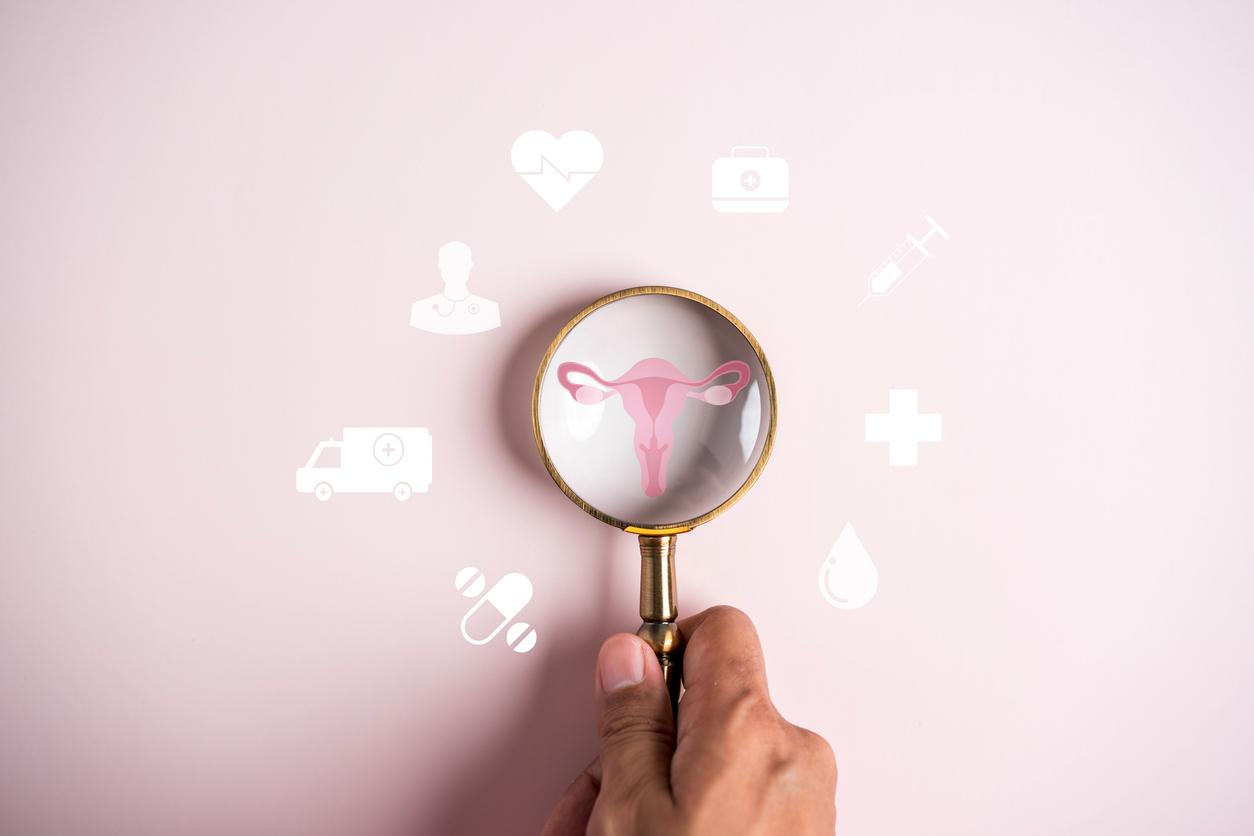If a mammogram every 3 years allows screening for breast cancer for the majority of women (70%), it should be more frequent and even annual for some women at higher risk, according to the results of a medical survey presented at the European Breast 9th Cancer Conference.
Prof. Gareth Evans of the University of Manchester and his colleagues at Queen Mary University in London collected medical data from 53,467 women participating in the Predicting Risk Of Breast Cancer At Screening (PROCAS) study.
These women had to answer a specific medical questionnaire on their risk factors, their way of life and their family history. A saliva test informed the researchers about their genetic data. Each participant’s breast density was measured from the mammogram and by a “visual assessment score” (VAS) which indicated the percentage of dense tissue in the breast. During this study, which began in 2009, 634 women developed breast cancer.
“This is the largest study of its kind in the UK, and the results could have an impact on the entire breast cancer screening program. By integrating this personal risk assessment process into routine screening practices, we can predict and prevent more breast cancer in the future, ”concludes Professor Gareth Evans.
High risk factors for developing breast cancer
Scientists found that 1,280 (2%) of women had a high risk (8% higher) of developing breast cancer, and that 14,720 women with an above average risk (more than 3.5%) of developing breast cancer within the next ten years.
“Our results suggest that a screening every three years is very effective for about 70% of the female population, but women who have a higher than average risk of developing breast cancer probably need more frequent screening. Screening should even be annual for the 8% of women who are most at risk of being affected by this disease, ”concludes Professor Gareth Evans.
















